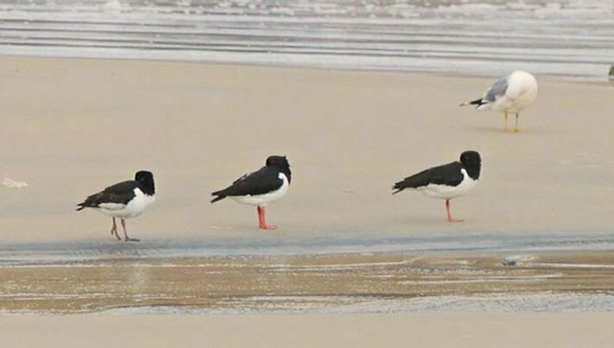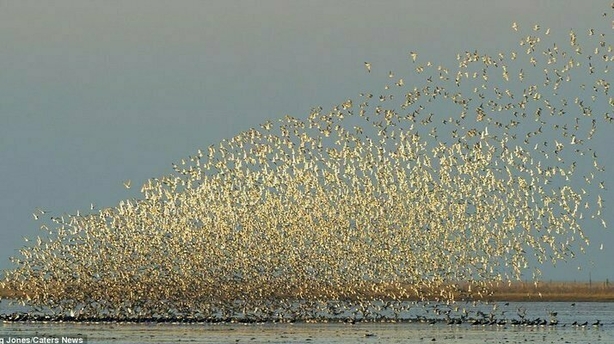Ireland is internationally important for wetland birds, which are mainly waders but also include ducks and geese. More than 800,000 and sometimes more than a million wetland birds use Irish wetlands each winter to survive.
Compared to the rest of northern Europe only small numbers of waders breed here. Most of our waders breed in Canada, Greenland, Iceland, Scandinavia, and Russia.
During the spring and autumn migration, Ireland acts as a giant stepping stone and refueling stopover for hundreds of thousands of waders going to and coming from their wintering grounds in southern Europe and Africa.

They funnel through the west coast of Europe on what is known as the East Atlantic Flyway, down into north Africa and some go as far south as the southern shores of South Africa.
On the way they stop to feed, wash and rest on our coast, estuaries, rivers, lakes and bogs. Adding these birds to the number that stay here for the winter it is almost certain that over 1.3 million waders rely on Ireland each year for their survival.
They come here for the mild winters and the abundance of food that lives in our wetland areas. After garden birds, waders are perhaps the easiest groups of birds to study in Ireland.

They are rarely found alone, preferring flocks numbering a few individuals to over 10,000 birds. Anywhere there is a mudflat or damp area waders will not be to far away.
More detail on Waders can be found here.
Tune into Mooney Goes Wild every Monday, 10pm-11pm on RTÉ Radio 1.
For more information on the show, click here and follow @NatureRTE on Twitter and facebook.com/rtenature on Facebook.
